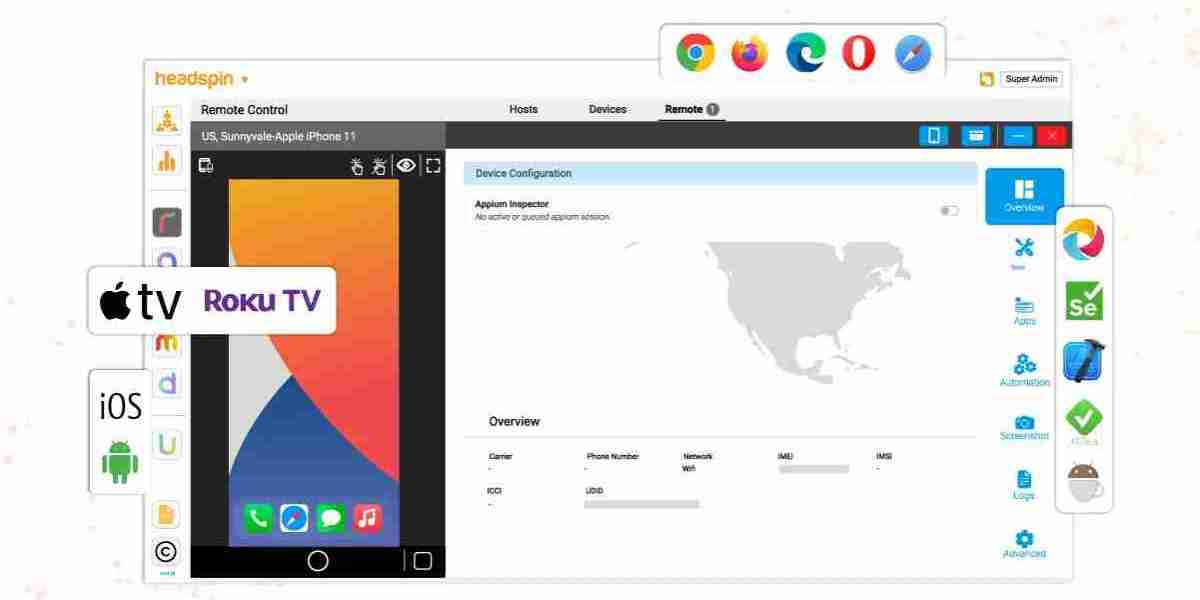In the digital age, creating content that ranks well on search engines is crucial for driving traffic to your blog. Search Engine Optimization (SEO) is the process of optimizing your content so that it appears higher in search engine results, making it more likely for readers to find your blog. Here’s a beginner’s guide to writing SEO-friendly blog posts that will help you boost your visibility and reach a wider audience.
1. Understand Your Audience and Keywords
Know Your Audience: Before you start writing, it's important to understand who your audience is and what they are looking for. Create a profile of your ideal reader, including their interests, needs, and the type of content they consume.
Keyword Research: Keywords are the terms and phrases that people type into search engines. Use tools like Google Keyword Planner, Ahrefs, or SEMrush to find relevant keywords in your niche. Focus on keywords that have a good search volume and low competition.
2. Craft Compelling Titles
Your title is the first thing readers see and it significantly affects your click-through rate. An effective SEO title should:
- Include Your Primary Keyword: Make sure your main keyword appears in the title, preferably towards the beginning.
- Be Engaging and Clear: Your title should be intriguing but also clearly convey what the post is about.
- Stay Within Character Limits: Aim for 50-60 characters to ensure your title isn't cut off in search results.
3. Write High-Quality Content
Valuable and Relevant: Your content should provide real value to your readers, answering their questions or solving their problems. Make sure it’s relevant to your chosen keywords and audience.
Original and Unique: Avoid copying content from other sources. Original content ranks better and keeps readers engaged.
Well-Structured: Use headings (H1, H2, H3) to break your content into manageable sections. This not only helps with SEO but also makes it easier for readers to navigate.
Readable and Engaging: Write in a clear, conversational tone. Use short paragraphs, bullet points, and visuals to keep readers engaged.
4. Optimize Your Content
Keyword Placement: Naturally incorporate your main keyword and related terms throughout your post. Avoid keyword stuffing; instead, aim for a natural flow.
Meta Descriptions: Write compelling meta descriptions that include your primary keyword. Keep it under 160 characters to ensure it displays properly in search results.
Internal and External Links: Link to other relevant posts on your blog (internal links) and to high-authority external sites. This helps search engines understand the context of your content and improves user experience.
Image Optimization: Use high-quality images and optimize them by including keywords in the file names and alt text. This can help your images rank in Google Images and improve overall SEO.
5. Use SEO Tools
There are several SEO tools available that can help you optimize your blog posts:
- Yoast SEO (WordPress Plugin): Helps you optimize your content for search engines, providing real-time feedback on your keyword usage, readability, and other SEO factors.
- Google Analytics: Tracks your website’s performance and provides insights into how visitors interact with your content.
- Google Search Console: Helps you monitor, maintain, and troubleshoot your site’s presence in Google Search results.
6. Promote Your Content
Social Media: Share your blog posts on social media platforms to increase visibility and drive traffic.
Email Marketing: Use email newsletters to share your latest posts with your subscribers.
Guest Blogging: Write guest posts for other blogs in your niche to reach a wider audience and gain backlinks.
7. Monitor and Update Your Posts
SEO is an ongoing process. Regularly monitor your blog's performance using tools like Google Analytics and Google Search Console. Update old posts to keep them relevant and improve their SEO. This can include adding new information, updating keywords, and improving readability.
Conclusion
Writing SEO-friendly blog posts may seem daunting at first, but by following these steps, you can create content that not only appeals to your audience but also ranks well on search engines. Remember, the key is to provide valuable, engaging, and well-optimized content. Keep learning and adapting your strategy to stay ahead in the ever-changing world of SEO. Happy blogging!









